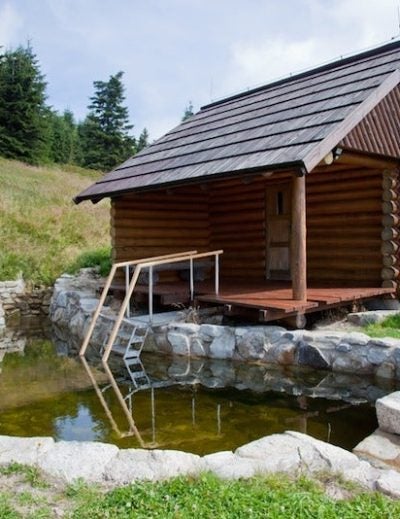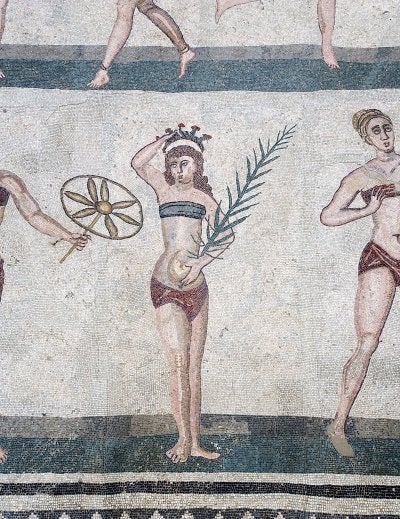
The Doge’s Palace Travel Guide: Discovering Venice’s Iconic Landmark
The Doge’s Palace, or Palazzo Ducale, is one of Venice’s most iconic landmarks. Built in the Venetian Gothic style, this striking palace once served as the political and administrative heart of the Venetian Republic, housing the Doge’s residence, government offices, courts, and prisons. Today, it stands as a fascinating museum and an unmissable stop for anyone exploring the things to do in Venice.
History and Significance
The title of Doge, derived from the Latin dux meaning leader, referred to the highest authority in the Republic of Venice, who ruled from 697 to 1797. The first version of the palace was built in 810 by Doge Agnello Participazio, when the seat of government moved to the Rialto area. Over time, fires and political change reshaped the structure into the grand building visitors see today.
Key Historical Phases
- 12th Century: Rebuilt under Doge Sebastiano Ziani, transforming St. Mark’s Square’s layout.
- 14th Century: Construction of the new Gothic palace facing the lagoon.
- 15th Century: Expansion under Doge Francesco Foscari, including the ornate Porta della Carta.
- Renaissance Period: After the 1483 fire, Antonio Rizzo led the palace’s reconstruction with Renaissance details.
- 16th Century Fires: The fires of 1547 and 1577 caused major damage, but restorations stayed true to the Gothic style.
- Modern Era: Following Napoleon’s occupation in 1797, the palace housed government offices before being restored in 1876. It became a museum in 1923.
Planning Your Visit
Location and Access
The Doge’s Palace stands proudly on Piazza San Marco 1, 30124 Venice, beside St. Mark’s Basilica and overlooking the lagoon.
- Entrance: Through the Porta del Frumento, on the waterfront side.
- Getting There: It’s within easy walking distance of central Venice. You can also take a Vaporetto (waterbus) to San Marco or San Zaccaria stops.
Opening Hours
- April to October: 9:00 AM – 7:00 PM (last entry 6:00 PM).
- November to March: 9:00 AM – 6:00 PM (last entry 5:00 PM).
Tickets and Tours
Booking skip-the-line tickets in advance is highly recommended, especially during peak season.
- Full Ticket: €30 (or €25 if booked 30 days ahead).
- Reduced Ticket: €15 (for children aged 6–14, students 15–25, and over 65s).
- Free Admission: Children under 5.
The standard ticket includes access to the Doge’s Palace as well as the St. Mark’s Square Museums, such as Museo Correr and the Biblioteca Nazionale Marciana.
Special Tours
- Secret Itineraries Tour: Explores hidden rooms, archives, and Casanova’s cell (2.5 hours, €32).
- Hidden Doge’s Treasure Tour: Takes visitors through rarely seen sections of the palace (2.5 hours, €32).
Visitor Tips
- Best Time to Visit: Early mornings or weekdays are best to avoid crowds.
- Visit Duration: Around 1–2 hours for a short visit, or up to 4 hours for a detailed exploration.
- Accessibility: Most areas are accessible, though the Secret Itineraries and prisons are not.
- Services: Facilities include a free cloakroom, café, restrooms, and an audio guide app (€5).
Architectural and Exterior Highlights
The Doge’s Palace is a masterpiece of Venetian Gothic architecture, with its pink Verona marble façade and intricate detailing.
Key Features
- Façade: The lagoon-facing side is adorned with sculptures by Filippo Calendario and Lombard artists.
- Porta della Carta: The palace’s ceremonial gateway, decorated with pinnacles, statues, and a relief of Doge Francesco Foscari kneeling before the Lion of Saint Mark.
- Courtyard: Features two well-heads from the 16th century and the Giants’ Staircase, flanked by statues of Mars and Neptune symbolising Venice’s power.
- Golden Staircase (Scala d’Oro): A richly decorated staircase leading to the Doge’s private apartments.
Interior: Doge’s Apartments and State Chambers
Doge’s Apartments
Although elegantly decorated, the Doge’s private quarters were modest compared to the grand state rooms, reflecting the idea that the Doge was the Republic’s servant.
- Scarlet Chamber: Known for its carved wooden ceiling and heraldic symbols.
- Shield Hall: Showcases maps and globes emphasising Venice’s maritime dominance.
- Philosophers’ Room: Once adorned with portraits of ancient philosophers and a fresco by Titian.
Institutional Chambers
- Great Council Chamber: The political centre of the Venetian Republic and one of Europe’s largest rooms. It houses Tintoretto’s Il Paradiso, the world’s largest canvas painting.
- Scrutinio Room: Initially intended as a library, later used for elections and state meetings.
- Council and Senate Chambers: Decorated with masterpieces by Veronese and Tintoretto.
- Compass Room: Once used for judicial hearings, featuring a statue of Justice.
The Darker Side: Prisons and Armoury
The Prisons
The palace’s prison complex provides a stark contrast to its opulence.
- The Pozzi (Wells): Ground-floor cells that were dark and damp.
- The Piombi (Leads): Attic cells under the lead roof, where Casanova famously escaped in 1756.
- New Prisons: Constructed in the 16th century and connected to the palace via the Bridge of Sighs.
The Bridge of Sighs
Built in 1614, this white limestone bridge connected the courtrooms to the prisons. Its name comes from the sighs of prisoners glimpsing Venice’s beauty one last time before imprisonment.
The Armoury
- The Armoury houses more than 2,000 historical weapons and artefacts, including:
- A suit of armour belonging to Il Gattamelata (Erasmo da Narni).
- A Turkish standard captured at the Battle of Lepanto.
- A 20-barrel harquebus, a precursor to the machine gun.
- The “devil’s chest”, containing concealed weapons and torture devices.
Conclusion
Visiting the Doge’s Palace is like stepping back into the golden age of the Venetian Republic. Its ornate chambers, stunning artworks, and haunting prisons tell a story of wealth, power, and intrigue that shaped Venice’s past. Whether you’re admiring the grand staircases or walking across the Bridge of Sighs, this is one of the most captivating Things to do in Venice.



